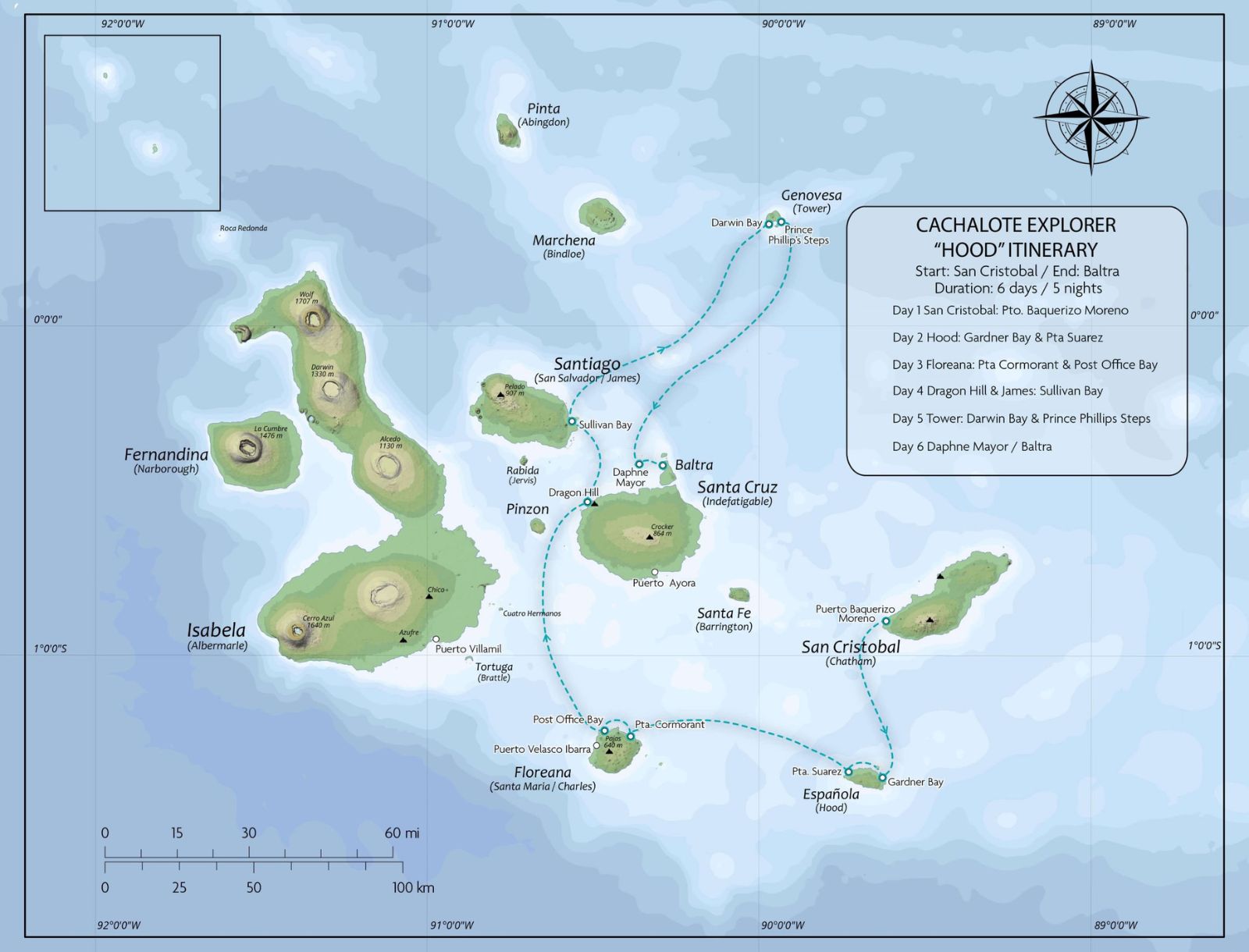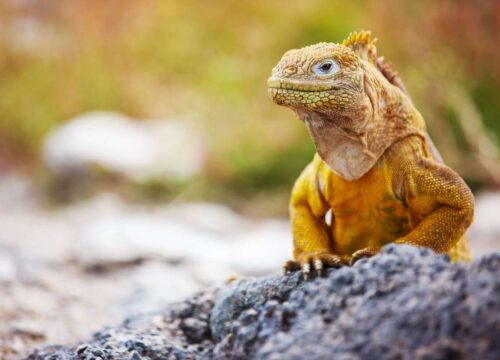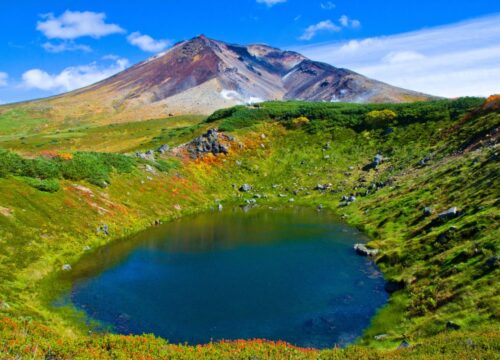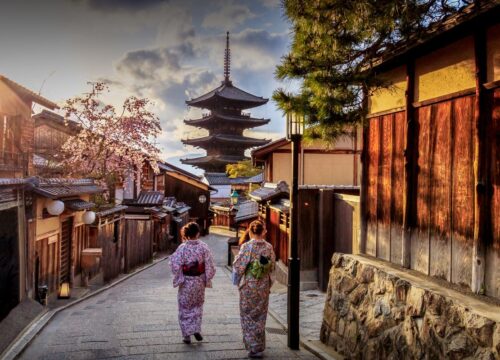Hood Itinerary
Explore The Worlds!
Description
This Beluga trip itinerary focuses on the Southern and Northern Islands, including visits to Tower and Hood Island, two of the highlights of the Galapagos Islands.

- Duration: 6 days / 5 nights
- Start / End: Puerto Baquerizo Moreno / Baltra
- Activities: Walking, hiking, snorkeling, swimming, wildlife watching, bird watching
- Highlights: Land iguanas, marine iguanas, lava lizards, sea lions, flamingos, penguins, flightless cormorant, brown pelican, Darwin finches, blue-footed boobies, swallow-tailed gulls, Galapagos hawk, Darwin finches.
- Season: All year
- Included: All meals and accommodation in double cabins while on board, all excursions and activities while on board, bilingual naturalist guide, wetsuit & snorkeling gear
- Not Included: Flights to and from Galapagos, Galapagos National Park entrance fee, Migratory card fee, any extra beverages on board (anything in a bottle), tips, personal expenses
- 2023 Prices: US $3500-$3700 depending on cabin, per person
Included/Excluded
Tour Amenities
Tour Duration
Duration
Starting Price
From
Contact Us for pricing
Travel Style
Tour Type
Day by Day Itinerary
San Cristóbal Island
San Cristóbal Island (Chatham): San Cristóbal is the easternmost island of Galapagos and also one of the oldest.
- PM Galapaguera and El Junco: The lagoon is the only fresh water reservoir in Galapagos and has great views from its altitude of 700m in the highlands of San Cristóbal. Rainwater has collected in the caldera for hundreds of years and formed this lagoon. Galapaguera is a good area to see tortoises in their natural environment.
Española (Hood) Island
Hood Island (Española): Hood is the oldest of the Southern Islands and is the southernmost in the archipelago. Because of its remote location a unique range of endemic species evolved here
- AM Gardner Bay: Located on the northeast of the island, the site has a long and beautiful white sand beach inhabited by sea lion colonies.
- AM Islote Gardner and Islote Osborn: These islets are snorkeling sites where visitors will see an abundance of tropical fish, reef sharks, and turtles.
- PM Punta Suarez: The wildlife at Punta Suarez is plentiful and varied. Along the cliff visitors can enjoy the blowhole where seawater is forced about 20m into the air. The highlights are the Waved albatross (April-Dec) that are only found on Hood, Galapagos Hawks, blue-footed boobies, Nazca boobies, and Española lava lizards.
Floreana Island
Floreana Island: Floreana is best known for its colorful history of buccaneers, whalers, convicts, and early colonists.
- AM Punta Cormorant: Punta Cormorant has two contrasting beaches and a large inland lagoon where pink flamingos can be seen.
- AM Devil’s Crown: This is a snorkeling site located just off Punta Cormorant. The site is a completely submerged volcano that has eroded to create the appearance of a jagged crown.
- PM Post Office Bay: This is one of the few sites visited for its human history. Visit the wooden mail barrel where letters are dropped off and picked up and remains of the Norwegian fishing village.
Santa Cruz Island / James Island
Santa Cruz Island
- AM Dragon Hill: Cerro Dragon has hyper-salinic small lagoon behind the beach, often frequented by flamingos
James Island (Santiago): James Island is located between Isabela and Santa Cruz Islands. This Island offers a wide variety of seabirds, marine iguanas and fur seals.
- PM Sullivan Bay: This site is of great geological interest. Highlights: 100 hundred year old lava flow field, pahoehoe formations, and lava bubbles.
- Snorkelling along the lava flow either before or after the walk.
Tower (Genovesa) Island
Tower Island (Genovesa): Tower is an eroded flat volcanic island, with a natural harbor, which is actually the submerged caldera of this volcanic island.
- AM Darwin Bay: The steep cliffs of this area dominate the island. This area is home to thousands of frigate birds, red-footed boobies, Noddy terns, lava gulls, tropicbirds, doves, storm petrels and Darwin’s finches.
- PM El Barranco: There is a good possibility of seeing the unique “Short eared owl” at this site. During the dinghy rides along the cliffs fur seals and several species of seabirds can be spotted.
- Snorkelling will be determined by guide depending on conditions
Daphne Mayor / Baltra for return flight to Quito
Daphne Major
- AM Daphne Mayor: This small tuff cone island is where many species of birds nest. Famous for a 20 year study of Darwin’s Finches conducted by Peter and Rosemary Grant. During the circumnavigation you will see blue-footed boobies, nasca boobies, red-billed tropicbirds and other sealife.
Baltra
- Return flight to Quito
Explore Tours
This Beluga trip itinerary focuses on the Southern and Northern Islands, including visits to Tower and Hood Island, two of the highlights of the Galapagos Islands.

- Duration: 6 days / 5 nights
- Start / End: Puerto Baquerizo Moreno / Baltra
- Activities: Walking, hiking, snorkeling, swimming, wildlife watching, bird watching
- Highlights: Land iguanas, marine iguanas, lava lizards, sea lions, flamingos, penguins, flightless cormorant, brown pelican, Darwin finches, blue-footed boobies, swallow-tailed gulls, Galapagos hawk, Darwin finches.
- Season: All year
- Included: All meals and accommodation in double cabins while on board, all excursions and activities while on board, bilingual naturalist guide, wetsuit & snorkeling gear
- Not Included: Flights to and from Galapagos, Galapagos National Park entrance fee, Migratory card fee, any extra beverages on board (anything in a bottle), tips, personal expenses
- 2023 Prices: US $3500-$3700 depending on cabin, per person
Included/Exclude
Tour Amenities
Tour Plan
San Cristóbal Island
San Cristóbal Island (Chatham): San Cristóbal is the easternmost island of Galapagos and also one of the oldest.
- PM Galapaguera and El Junco: The lagoon is the only fresh water reservoir in Galapagos and has great views from its altitude of 700m in the highlands of San Cristóbal. Rainwater has collected in the caldera for hundreds of years and formed this lagoon. Galapaguera is a good area to see tortoises in their natural environment.
Española (Hood) Island
Hood Island (Española): Hood is the oldest of the Southern Islands and is the southernmost in the archipelago. Because of its remote location a unique range of endemic species evolved here
- AM Gardner Bay: Located on the northeast of the island, the site has a long and beautiful white sand beach inhabited by sea lion colonies.
- AM Islote Gardner and Islote Osborn: These islets are snorkeling sites where visitors will see an abundance of tropical fish, reef sharks, and turtles.
- PM Punta Suarez: The wildlife at Punta Suarez is plentiful and varied. Along the cliff visitors can enjoy the blowhole where seawater is forced about 20m into the air. The highlights are the Waved albatross (April-Dec) that are only found on Hood, Galapagos Hawks, blue-footed boobies, Nazca boobies, and Española lava lizards.
Floreana Island
Floreana Island: Floreana is best known for its colorful history of buccaneers, whalers, convicts, and early colonists.
- AM Punta Cormorant: Punta Cormorant has two contrasting beaches and a large inland lagoon where pink flamingos can be seen.
- AM Devil’s Crown: This is a snorkeling site located just off Punta Cormorant. The site is a completely submerged volcano that has eroded to create the appearance of a jagged crown.
- PM Post Office Bay: This is one of the few sites visited for its human history. Visit the wooden mail barrel where letters are dropped off and picked up and remains of the Norwegian fishing village.
Santa Cruz Island / James Island
Santa Cruz Island
- AM Dragon Hill: Cerro Dragon has hyper-salinic small lagoon behind the beach, often frequented by flamingos
James Island (Santiago): James Island is located between Isabela and Santa Cruz Islands. This Island offers a wide variety of seabirds, marine iguanas and fur seals.
- PM Sullivan Bay: This site is of great geological interest. Highlights: 100 hundred year old lava flow field, pahoehoe formations, and lava bubbles.
- Snorkelling along the lava flow either before or after the walk.
Tower (Genovesa) Island
Tower Island (Genovesa): Tower is an eroded flat volcanic island, with a natural harbor, which is actually the submerged caldera of this volcanic island.
- AM Darwin Bay: The steep cliffs of this area dominate the island. This area is home to thousands of frigate birds, red-footed boobies, Noddy terns, lava gulls, tropicbirds, doves, storm petrels and Darwin’s finches.
- PM El Barranco: There is a good possibility of seeing the unique “Short eared owl” at this site. During the dinghy rides along the cliffs fur seals and several species of seabirds can be spotted.
- Snorkelling will be determined by guide depending on conditions
Daphne Mayor / Baltra for return flight to Quito
Daphne Major
- AM Daphne Mayor: This small tuff cone island is where many species of birds nest. Famous for a 20 year study of Darwin’s Finches conducted by Peter and Rosemary Grant. During the circumnavigation you will see blue-footed boobies, nasca boobies, red-billed tropicbirds and other sealife.
Baltra
- Return flight to Quito



